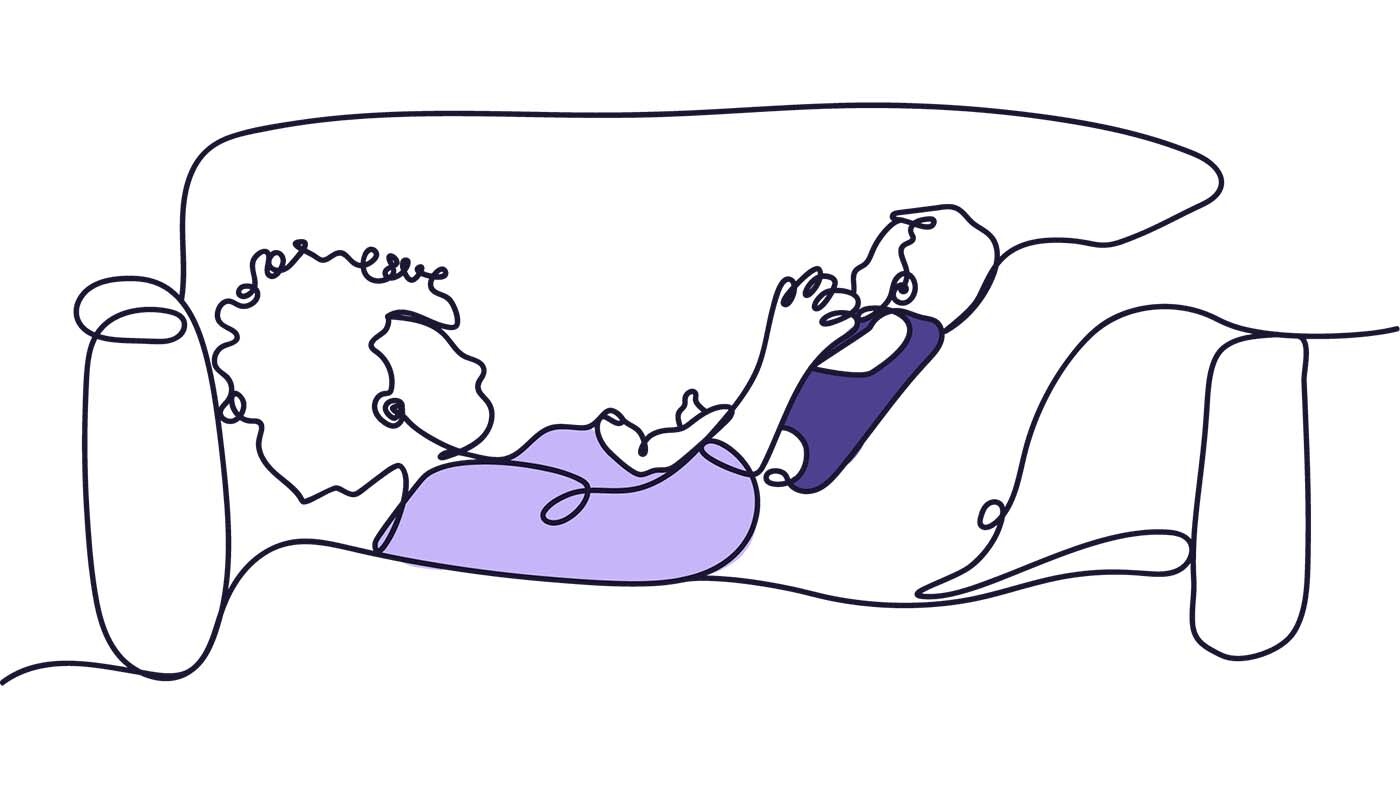How tennis can boost your child’s language skills - the science of serve and return

As the hype around Wimbledon begins to heat up, we thought it would be a great opportunity to share how this tennis terminology can support your child’s language development.
What is ‘serve and return’?
You might have heard the term ‘serve and return’ and wonder what this means! ‘Serve and return’ is quite simply back-and forth interactions between an adult and a baby or child.
In these interactions, the baby or child offers a ‘serve’. For a baby, this could be as simple as looking at you or at an object, making a sound or moving their arms and legs. A toddler might use more words or show a need for interaction through physical actions or behaviours. Adults who are responsive and sensitive to these ‘serves’ will notice and reciprocate them in a positive ‘return’ interaction.
These simple interactions are usually done without thought, as when parents are free from stress, they come very naturally. By responding to your baby’s ‘serves’, it helps to build your child’s language skills and relationship with them as they begin to feel heard, valued and loved.
How does serve and return support a child’s language development?
When your baby makes sounds, babbles, gestures, cries and makes eye contact and you respond with words, sounds, hugs or facial expressions, you are engaging in a ‘serve and return interaction’. This kind of communication helps them to learn more about patterns of conversations, the sound of language, and the meaning of words, as well as to understand more about gestures and body language.
Not only is it brilliant for language development, but it also helps them to develop more complex social skills, emotional regulation and executive function (a cognitive process that controls behaviour, reasoning and problem-solving).
Various studies have used neuroimaging to look at the activity in babies’ brains during interaction [1], finding that ‘serve and return’, results in greater connectivity between areas of the brain. So, when you respond to your baby’s cry or the excited wriggling of their arms and legs, you are helping them to build connections in their brain.
How can I do this with my baby?
What does all this mean for you and your baby? Think about the things that you do for your baby every day – maybe these could be an opportunity for interaction. Smile and talk to them as you change their nappy or go for a walk. Try to consciously notice when they are offering a ‘serve’ and respond to these ‘serves’ with a return, pausing so your baby can have another turn.
Our app provides daily ideas and information about how you can use interactions that are simple and easy to support your baby’s brain development. Try it yourself for free here: My First Five Years on the App Store (apple.com)
But most importantly, revel in playing with them and think about all the activity that is going on in their brain as they enjoy these interactions with you!
Find out more:
References:
- [1] Low, f. (2022) ‘Bonding: A Brilliant Brain Builder; The importance of supporting parents to bond with their child from the earliest years’. Knowledge Hub For Maternal & Child Health Evidence Briefs 2021–2022. pp.33-46 Retrieved July 2023 from: www.informedfutures.org